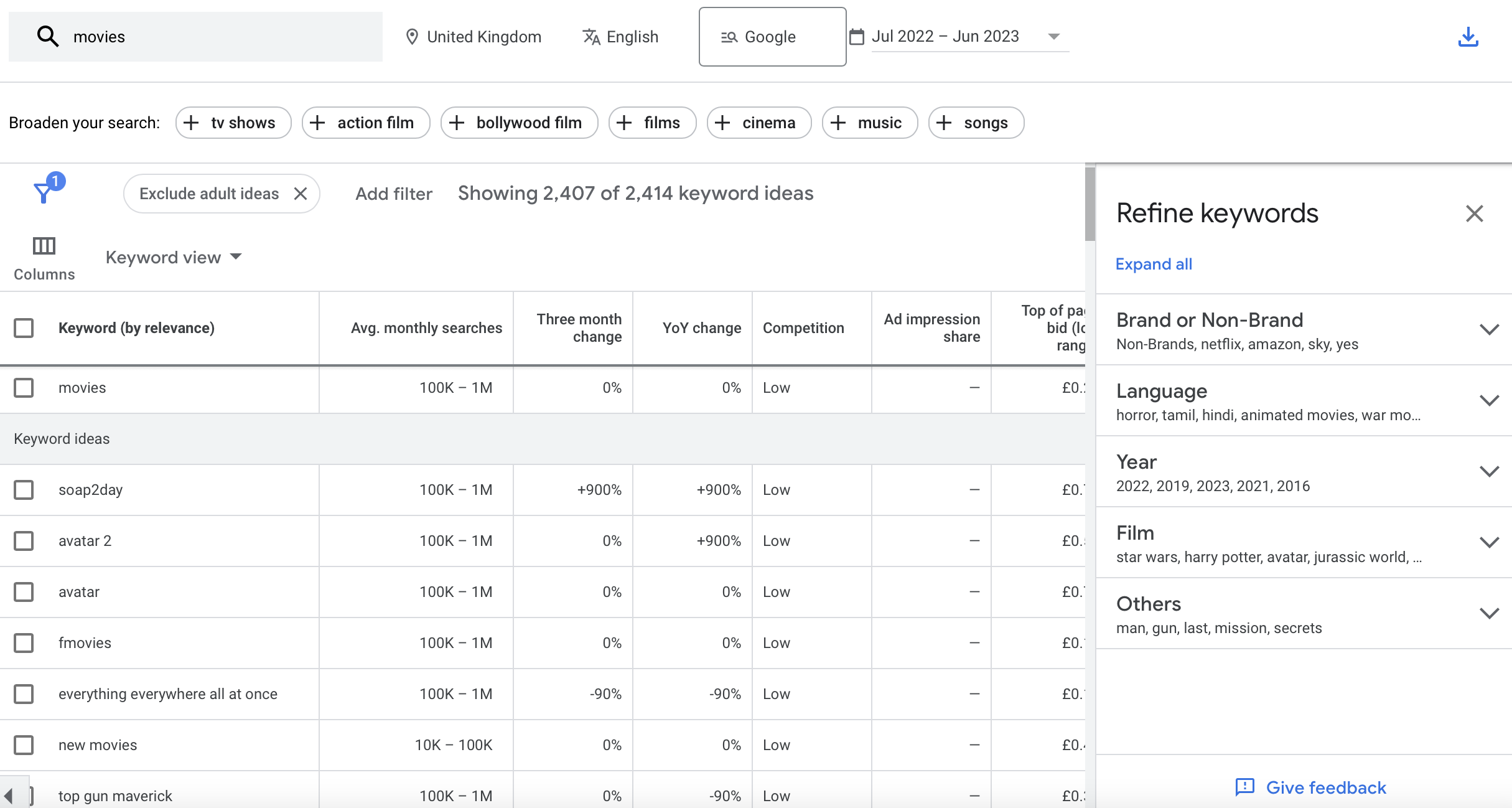If you’re new to podcasting, you might want to create podcast outlines for your episodes. This can help you ensure that you don’t miss any key details while recording your show. Planning your episodes properly can help you sound more professional, increase the quality of the content you record, and minimize mistakes which can lead to more editing work.
Fortunately, it’s easier to write a podcast outline when you know what to include. There are a few podcast outline templates you could use to quickly iterate and improve your workflow. For example, you can list the questions to ask your guests, order your talking points, and add details like visual prompts and music.
In this post, we’ll take a closer look at why you might want to use a podcast outline. Then, we’ll share some useful tips to help you write a good outline for your episodes. Let’s get to it!
Why Use a Podcast Outline
If you’re new to podcasting, it’s important that you properly plan your episodes. One of the ways to do this is by creating outlines.
You can think of a podcast outline as a roadmap. It enables you to structure and organize the content of each episode. You can then follow this plan when recording your show.
You can create your own podcast outline template or find one online to plan each episode much faster.
Most podcasters use an outline to map out the key talking points and establish the sequence of events. Therefore, it can help your episodes flow more freely and ensure that you cover everything.
Note that a podcast outline is not the same as a podcast script. The latter is a more detailed account of your episodes and typically covers what you want to say (word by word) and how you want to say it.
How to Write a Podcast Outline (5 Tips for creating an outline template)
Now, let’s take a look at five simple tips to help you write the perfect outline for your episodes.
1. Choose the Key Topics and Ideas
First, you’ll want to generate the key topics and ideas that you want to cover in your episode. There are different ways you can approach this.
For example, you might consider a broad headline and make a list of relevant themes and sub-categories. Alternatively, you could think about topics that relate to your unique background or expertise.
If you want to discuss trending topics, social media platforms can be a good source of inspiration. You can even use a tool like Google Keyword Planner to see what people are interested in:

Once you’ve decided on the overarching idea, it’s time to consider your audience. Basically, you want to ask yourself: What do you want your listeners to take away from the episode?
For example, you might want to educate your followers or present a counter-argument for them to consider.
2. Develop the Discussion Points
Now that you’ve chosen some key topics, it’s time to think about specific discussion points that you want to cover in the episode. To start off, write down the big idea (or headline) that you settled on. Then, consider some points, facts, or statements that you want to make.
If you’re planning to record your podcast with co-hosts or guests, you can also write down a few interview questions that you want to ask. You might even list a few backup questions, just in case you need more content to fill up the episode.
3. Order Your Talking Points
Now that you’ve chosen your talking points, you can order them in a way that makes sense. This can help ensure that the discussion sounds natural to your listeners.
Take a look at your list of bullet points. You might find that some topics have a natural narrative arc.
However, there are plenty of other ways to weave threads between your talking points:
- Make subtle connections between themes and concepts.
- Open up debates by presenting contrasting points within the same section.
- Use certain talking points to open the door to a new topic/subtopic.
It’s also important to summarize the discussion when it comes to a natural end. For instance, you might list the main takeaways from the section. This enables you to conclusively wrap up the topic and move on with the episode.
4. Add the Finer Details
At this point, you’re ready to add the finer details to your podcast outline. With that in mind, you can get to work on the individual segments of your episode.
Most podcasters choose to map out episodes using a three-arc structure. This means you’ll start off with an introduction, move into the middle (main) section of the episode, and finish up with a conclusion.
For the introduction, you’ll want to consider some details that might make it more engaging. For example, you could use a teaser clip to encourage listeners to stick around:

You might even add sound indicators or music to set the scene.
When it comes to the middle section of your episode, the finer details depend largely on your show’s format. If you’re presenting an interview with a special guest, you might encourage them to tell an anecdote.
If you record video podcasts, you might want to include visual prompts:

For instance, if you’re discussing a film or a book, you can insert an image so that your viewers know exactly what you’re talking about. Sometimes, this will be added during the editing stage, but it can still be helpful to plan this content ahead of time.
Lastly, you’ll want to add a few details to your conclusion. For example, you might include a call to action, like asking listeners to subscribe to your episode or promoting a podcast sponsor.
5. Get Constructive Feedback
The final tip for writing a great podcast outline is to share the draft with your co-hosts or podcast guests. This way, you can consider additional points of view and refine your original ideas.
Specifically, it’s useful to ask for feedback on the questions or counter-points that you want to present. You could even ask for advice on the proposed sequence of your talking points.
By sharing the outline with guests, you might get more meaningful answers during the recording. This is because your collaborators would have had more time to consider your questions.
Conclusion
A podcast outline template is a great way to structure your episodes and make sure you cover the most important questions and topics. Additionally, it can help your guests come up with more thoughtful responses, and make the conversation flow more naturally.
To recap, here are five tips to help you write a good podcast outline:
- Choose the key topics and ideas.
- Develop the discussion points.
- Order your talking points.
- Add the finer details.
- Get constructive feedback.
When it comes to publishing your episodes, it can help to set up a podcast website with a platform like Podcastpage.io. This podcast site builder gives you access to stunning templates, a customizable audio player, automatic episode imports, and more. Get started today!



